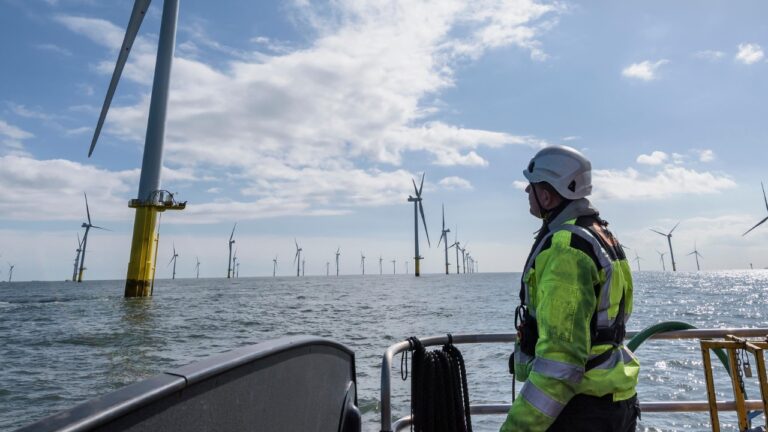
Mike Jones
Senior Fellow, Economics and Social Policy
Edward O. Wilson, the famous naturalist who wrote Sociobiology: The New Synthesis, died on Boxing Day at the age of 92. Recognised as an influential if controversial ecologist and the world’s leading expert on the behaviour of ants, Wilson was among the first biologists to argue that human beings have an innate tendency to focus on life and lifelike processes. The object of this reflection was summarised by a single word, “biophilia”, which served as the title of Wilson’s 1986 book.
Today, biophilia is more than just a buzzword – “biophilic design”, for example, is an emerging global field that promotes improved health and wellbeing by creating connections between people and nature in the built environment. For example, plans and planning codes in major Western cities are increasingly mandating the integration of nature in urban design. Notably, Toronto became the first major North American city, in May 2009, to adopt a mandatory green roof requirement.
For Policy Exchange, dense cities offer a unique opportunity for living low-carbon lives and for enhancing the urban ecology. In our 2021 paper, Nature and the City, we called for a ‘green flat roof obligation’ in English cities and large towns. We also argued for the use of natural infrastructure, such as green walls and street trees, and incorporating it in the design stage of flood management.
From this standpoint, policy-makers need to adopt ambitious targets for the planting of trees in cities and on the rooftops of buildings, whilst supporting programmes to combat biodiversity loss, creating the incentives to conserve, rather than to deplete, the natural resources on which we collectively depend. Not only do these new designs bring a big boost to our fight against climate change, they also have the power to transform urban life by enticing residents to spend more time outside.
To be sure, an essential component of Wilson’s philosophy is the principle that people will conserve land, water, and wildlife if they foresee a material gain for themselves and their families. Now more than ever, people want to address the ills associated with poorly-planned neighbourhoods in concrete urban environments. From sidewalk gardens in San Francisco to pocket parks in Singapore, policy-makers have been eager to showcase new and unconventional solutions to urban sprawl.
Against this backdrop, the UK government’s tree-planting push is an essential part of Zac Goldsmith’s plan to encourage the design of beautifully sustainable cities and greenspace. The Urban Tree Challenge Fund (UTCF), launched in 2019, has led to the planting of some 134,000 trees in urban England. UTCF was extended in April 2021 to support the planting of 44,000 trees between 2021 to 2023. In addition, small grants have been provided by charities to support urban greening.
These are all small-scale projects. But they are meaningful, and could, if replicated more widely, change the face of the country for the better. It is often claimed that the modern city is analogous to a natural “ecosystem”, but in the vast majority of cases it is not. As Wilson argued persuasively, “The real problem of humanity is the following: We have Paleolithic emotions, medieval institutions and godlike technology.” With this in mind, the long-term goal must be to inspire more urban tree-planting, not just because they sequester carbon, but because trees are an important part of resiliency, health, and happiness. This is something the Covid-19 lockdown has demonstrated compellingly, as residents seek solace from social isolation and ennui in local parks and public gardens.


